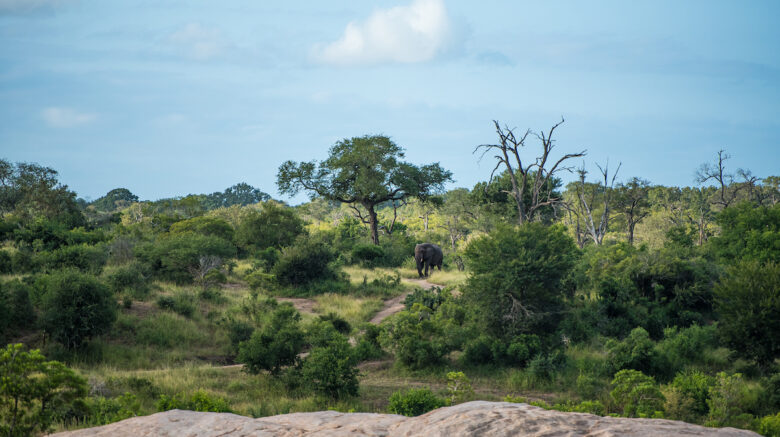In the heart of the West Nile region of Uganda, a transformative journey is unfolding—one that promises not only to restore the natural landscape but also to uplift the local communities. The Trees Project, our ambitious reforestation initiative, is gaining momentum, and at its core lies the unwavering belief in the power of community involvement. As we plant seeds of hope, we are nurturing a vision of a greener, more prosperous future for all.
Why Community Involvement Matters
Community involvement is the cornerstone of successful reforestation efforts. When local people are engaged and invested in the process, the project becomes more sustainable and impactful. Here’s why community involvement is crucial:
- Ownership and Responsibility: When communities participate in planting and caring for trees, they develop a sense of ownership and responsibility. This commitment ensures that the trees are well-maintained and protected, increasing their survival rate.
- Local Knowledge and Skills: Community members possess invaluable knowledge about the local environment and ecosystems. Their insights and skills are essential for selecting the right tree species and implementing effective planting techniques.
- Social Cohesion and Empowerment: Involvement in a common goal fosters social cohesion and empowers communities. It strengthens bonds among community members and builds a collective identity centered around environmental stewardship.
Long-term Benefits for the Community
The Trees Project is not just about planting trees; it’s about planting opportunities for a brighter future. Here’s how the community will benefit in the long term:
1. Economic Opportunities
a. Sustainable Livelihoods: Reforestation creates new job opportunities in tree planting, nursery management, and maintenance. These activities provide a steady income for many families.
b. Agroforestry: Integrating trees with agricultural crops through agroforestry practices can enhance soil fertility, reduce erosion, and increase crop yields. This leads to improved food security and additional income from diverse produce.
c. Non-Timber Forest Products (NTFPs): Forests are a source of valuable NTFPs such as fruits, nuts, medicinal plants, and honey. These products can be harvested sustainably, providing additional revenue streams for the community.
2. Environmental Benefits
a. Climate Resilience: Trees play a critical role in mitigating climate change by sequestering carbon dioxide. A reforested landscape is more resilient to climate extremes, helping to protect the community from the adverse effects of climate change.
b. Biodiversity Conservation: Planting a diverse range of native tree species enhances local biodiversity. A healthy ecosystem supports wildlife, maintains ecological balance, and ensures the sustainability of natural resources.
c. Improved Water Resources: Trees improve water infiltration and reduce runoff, enhancing groundwater recharge and maintaining stream flow. This ensures a reliable supply of clean water for drinking, irrigation, and other uses.
3. Social and Health Benefits
a. Improved Air Quality: Trees act as natural air filters, removing pollutants and improving air quality. This has direct health benefits, reducing respiratory illnesses and improving overall well-being.
b. Recreational Spaces: Green spaces provide recreational and educational opportunities for the community. They become places where children can play, people can gather, and educational programs about the environment can be conducted.
c. Mental and Physical Health: Exposure to nature has been proven to reduce stress, improve mental health, and encourage physical activity. A green environment fosters a healthier, happier community.
Our Vision for the Future
As we look to the future, our vision is clear: a vibrant, green West Nile where communities thrive in harmony with nature. We believe that by empowering local people, we can achieve lasting change that benefits both the environment and the community.
We invite you to join us on this journey. Whether you’re a donor, a volunteer, or a supporter, your involvement makes a difference. Together, we can plant trees, nurture hope, and grow a better future for the West Nile and beyond.
Stay updated on our progress and find out how you can get involved by visiting our website at thetreesproject.org. Let’s make a lasting impact, one tree at a time.
